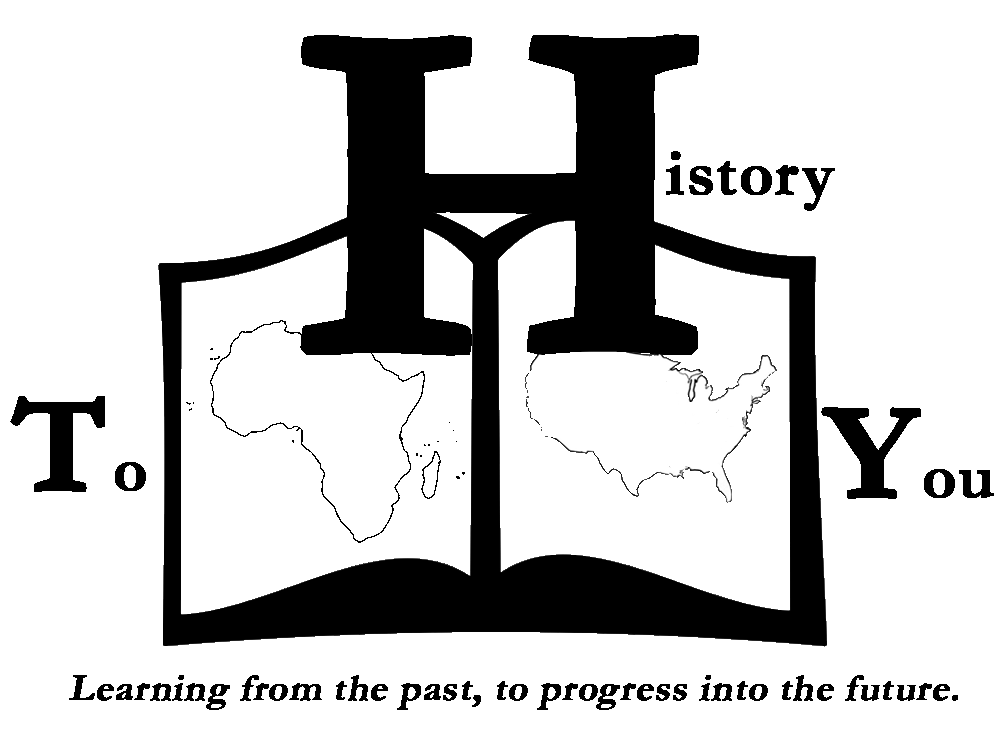
Courses/Lectures
Each of the 34 courses available can be enrolled in individually, or in packages. Each course is an approximately 1-hour session that consists of the opportunity for the students to interact with the associated artifacts, and a discussion exercise tailored for your specific class in accordance with your teacher's curriculum/recommendations. If the Course List below doesn’t fit your needs, we can work together to develop the presentation you desire – from control of the discussion topics to selection of items to be presented.
The Slave Trade
The transportation of slaves from Africa to America, and from one part of America to another was a continuous enterprise that almost always brought trauma and grief to the slave. However, in looking at this collection of items from the period we can see that, above all else, greed and control were at the core of slave transportation. This course examines the kidnapping, purchasing and trading of African slaves through examination of items used in this process, along with the testimony of those Africans that survived. Students will be able to look at, and handle items used by slave traders to identify their “property,” as well as items used as currency in the purchase of a slave.
Artifacts: Slave buttons, slave manilla, slave ship diagrams, excerpts of slave autobiographies




19th Century Slave Manillas - Europeans used bronze or copper bracelets called manillas to barter for slaves, especially in the Bight of Benin from the Gold Coast to Nigeria. In the ear;y days of the trade a slave might cost between twelve and twenty-five manillas, depending on their age, sex, and health. By about 1520, when colonial sugar operations were expanding rapidly and the demand for slaves was burgeoning, slave prices had risen sharply to more than fifty manillas for one captive African. Foundaries in places like Birmingham, Endland turned out these bracelets in large qualities, with slave traders carrying them aboard ships bound for Africa. The bracelets we have here were recovered from the schooner Douro, which sank into the ocean in 1843.
Early 19th Century Thomas Porter Slave Buttons - Thomas Porter was a slave trader and auctioneer operating out of the West Indies in the late 1700s and early 1800s. He would take Africans that were brought from Africa and "seasoned" (broken of their free will until they "accepted" their condition as a slave without direct resistance) in the West Indies. He would take these enslaved Africans and transport them from the West Indies into the United States, primarily through the port town of Charleston, South Carolina. And whenever he would sell slaves, he would affix buttons like these shown above either to their garbs or shackle keys to advertise to everyone his role in the trafficking of slaves.


